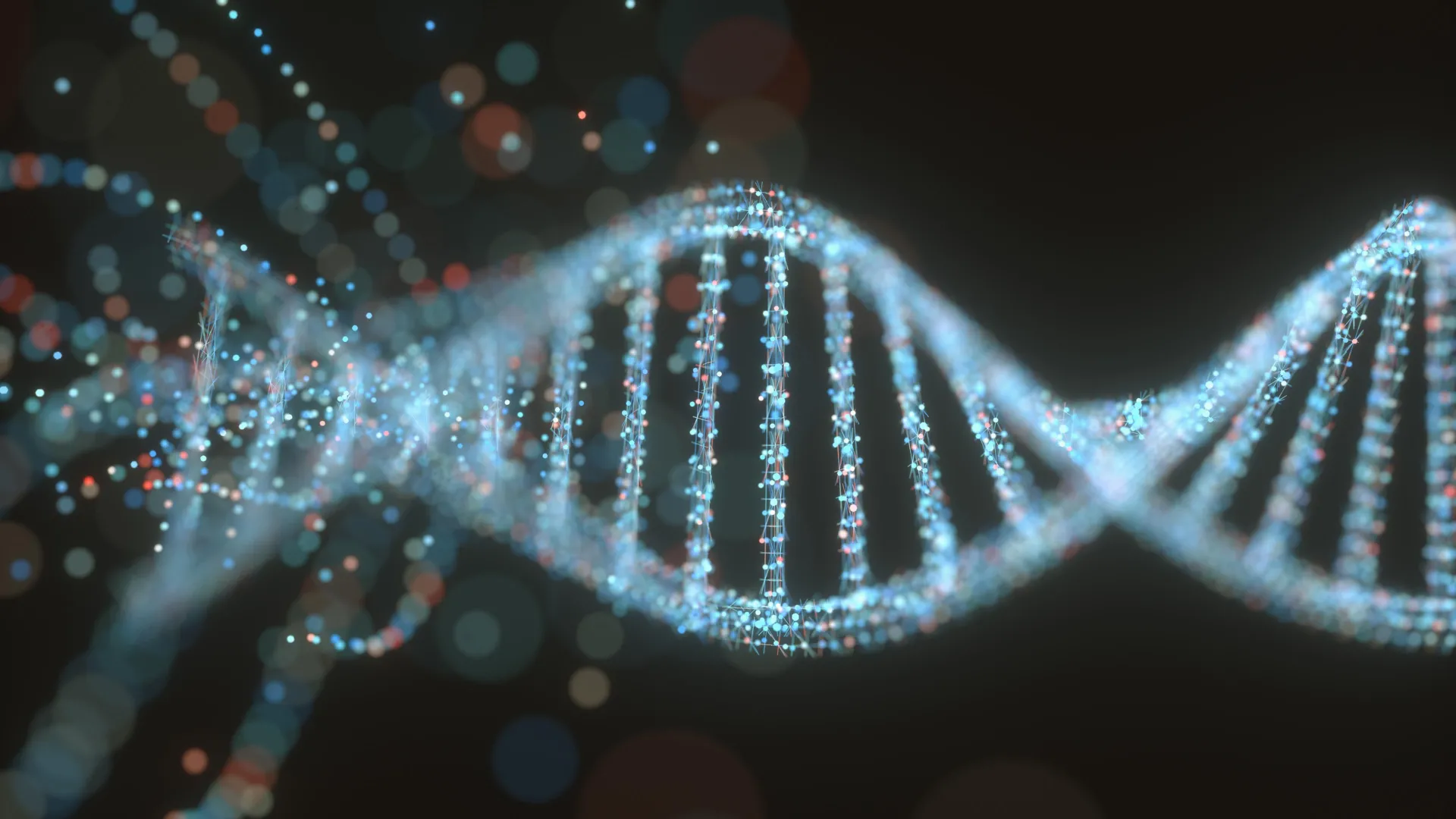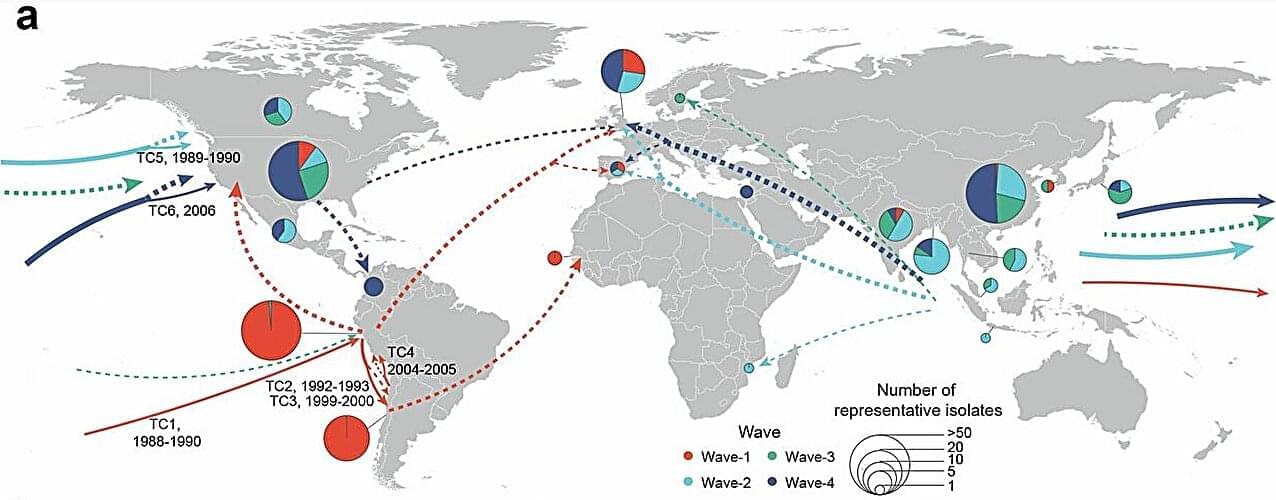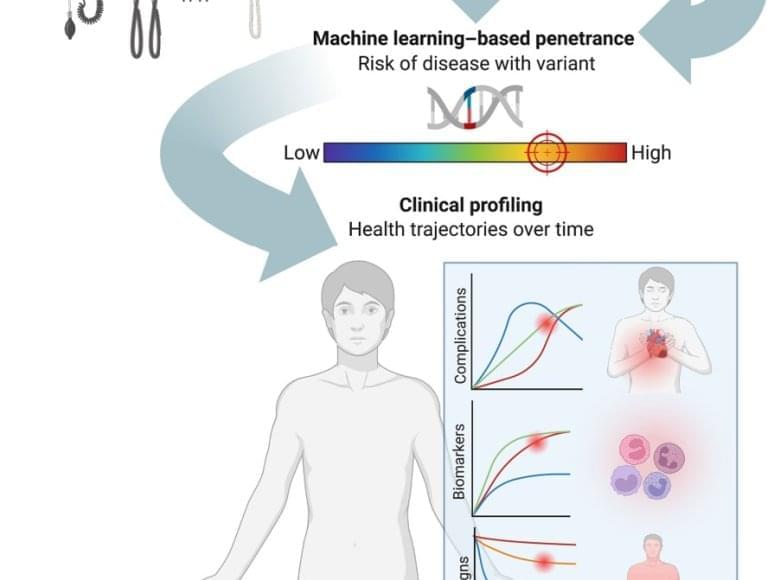NEW YORK and TRUMBULL, Conn., April 30, 2025 /PRNewswire/ — Apertura Gene Therapy, a biotechnology company focused on innovative gene therapy solutions, and the Rett Syndrome Research Trust (RSRT), an organization working to cure Rett Syndrome, today announced a collaboration to license Apertura’s human transferrin receptor 1 capsid (TfR1 CapX). This partnership aims to advance innovative genetic medicine approaches for the treatment of Rett Syndrome, a rare genetic neurological disorder caused by random mutations in the MECP2 gene on the X chromosome that primarily affect females, causing developmental regression and severe motor and language impairments.
Apertura’s TfR1 CapX is an intravenously delivered adeno-associated virus (AAV) capsid engineered to bind the transferrin receptor 1(TfR1), enabling efficient delivery of genetic medicines across the blood-brain barrier (BBB). TfR1 is a well-characterized BBB-crossing receptor, broadly and consistently expressed throughout life—even in the context of neurological disease—making it an attractive target for CNS delivery in disorders like Rett syndrome. Developed by Apertura’s academic founder, Dr. Ben Deverman, Director of Vector Engineering at the Broad Institute, TfR1 CapX has shown strong CNS selectivity in preclinical studies, achieving over 50% neuronal and 90% astrocyte transduction across multiple brain regions. Because Rett syndrome affects the brain diffusely, broader cellular transduction may correlate with greater symptomatic improvement.









